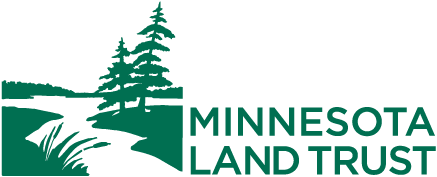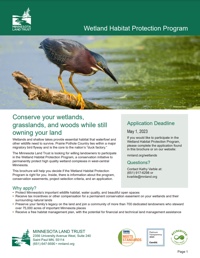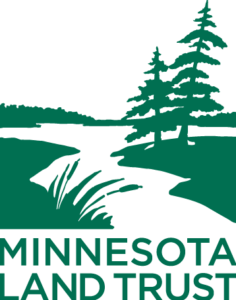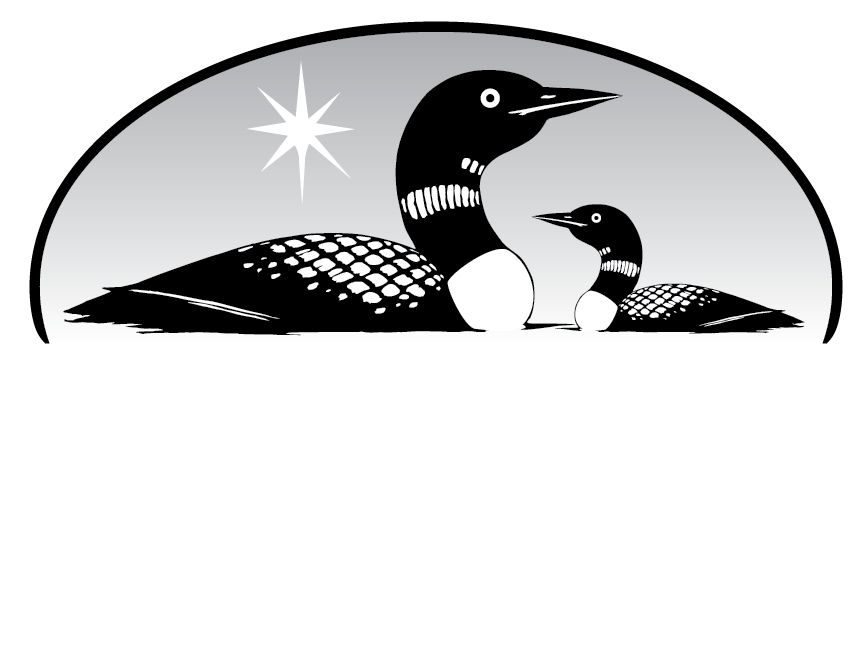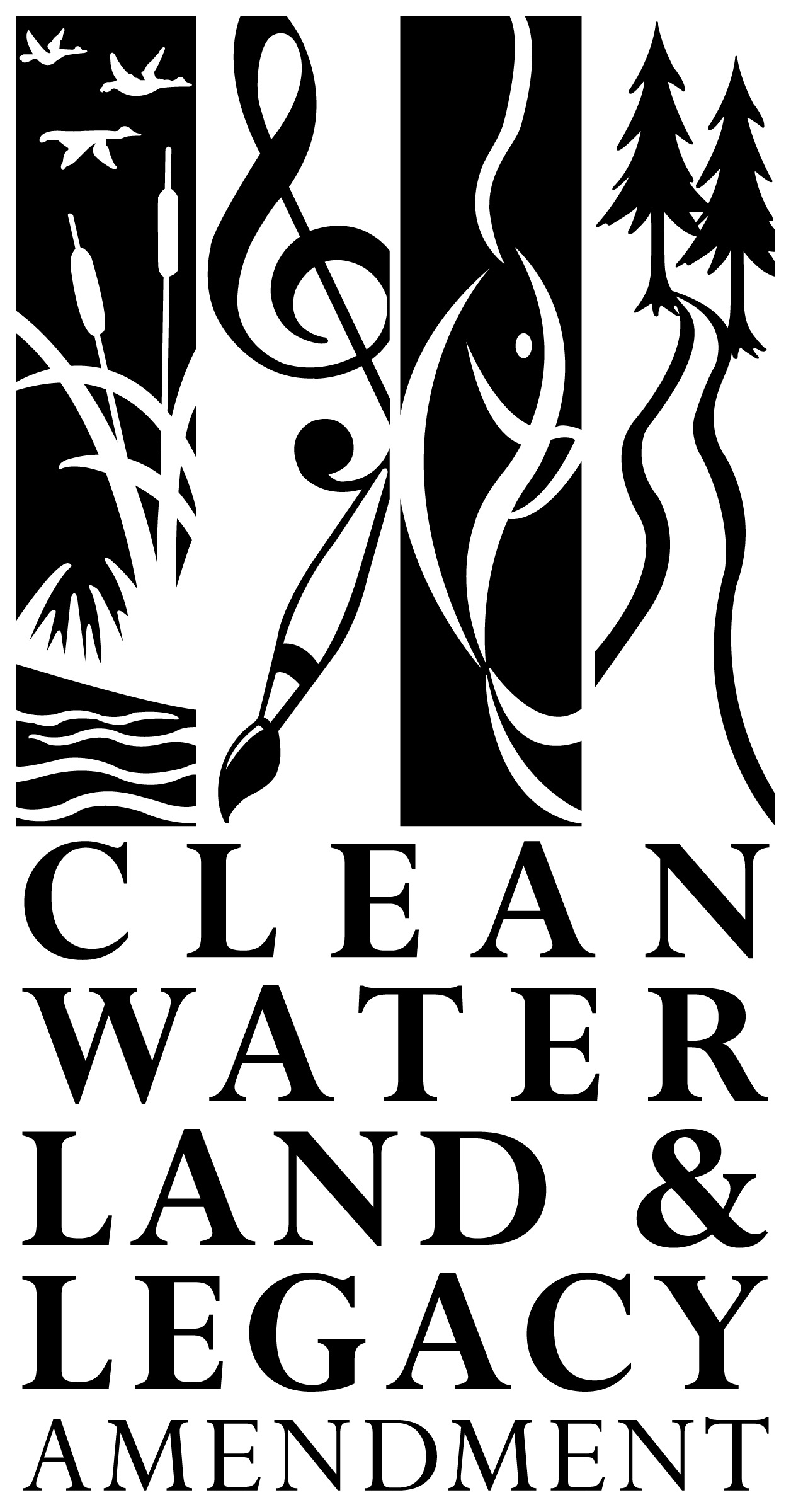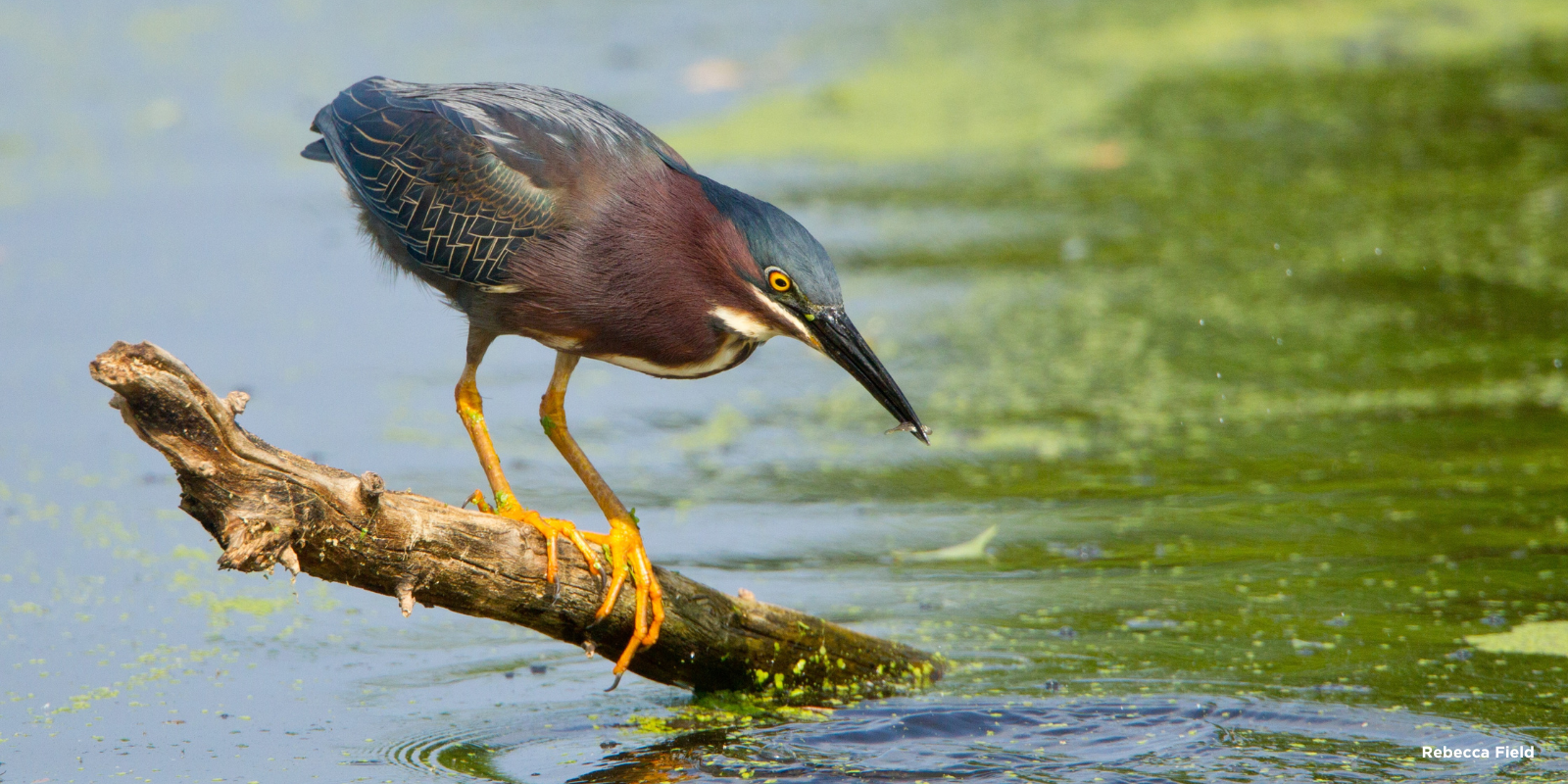
Wetlands and shallow lakes provide essential habitat that waterfowl and other wildlife need to survive. Prairie Pothole Country lies within a major migratory bird flyway and is the core to the nation’s “duck factory.”
The Minnesota Land Trust is looking for willing landowners to participate in the Wetland Habitat Protection Program, a conservation initiative to permanently protect high quality wetland complexes in west-central Minnesota.
Why apply for a conservation easement?
- Protect Minnesota’s important wildlife habitat, water quality, and beautiful open spaces
- Receive tax benefits or other compensation for a permanent conservation easement on your wetlands and their surrounding natural lands
- Preserve your family’s legacy on the land
- Join a community of more than 700 dedicated landowners who steward over 74,000 acres of important Minnesota places
- Receive a free habitat management plan, with the potential for financial and technical land management assistance
Program Status:
Accepting Applications
Have questions? Contact Chad Kingstrom, Program Manager
651-240-7890
ckingstrom@mnland.org
Do you qualify?
The proposed conservation easement area must:
- Be located within the Wetland Habitat Protection Program area; this includes the following counties: Becker, Clay, Wilkin, Otter Tail, Todd, Douglas, Grant, Traverse, Big Stone, Stevens, Pope, Stearns, Meeker, Kandiyohi, and Swift.
- Be at least 80 acres in size.
- Have wetlands or water bodies with in the proposed easement area or contribute to conservation of adjacent wetland habitats.
- Contain less than 10% of proposed easement area in cultivation.
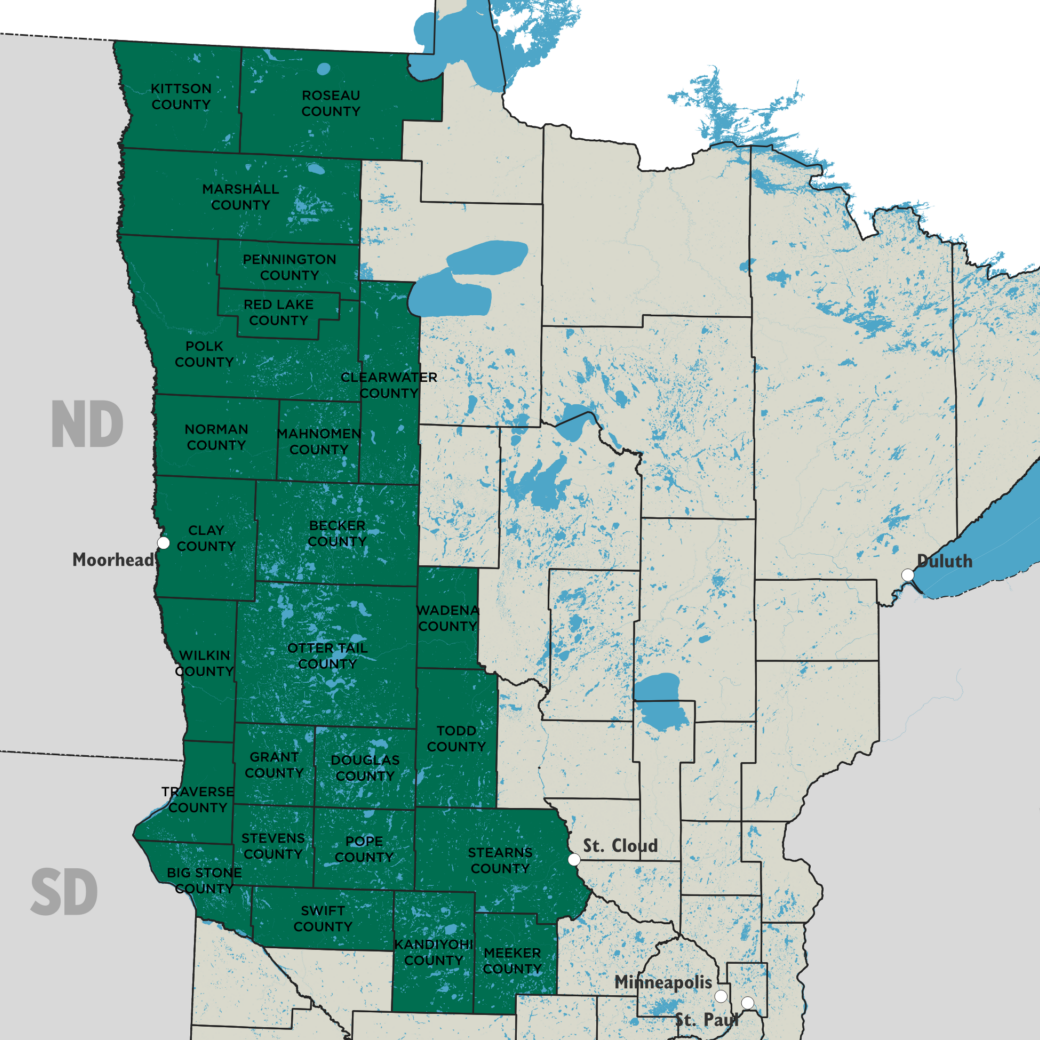
What is a conservation easement?
Conservation easements are voluntary agreements through which landowners agree to limit the future use and development of their property to permanently preserve its natural features.
Lands protected by a conservation easement remain in a landowner’s private ownership, with the landowner retaining the right to use and manage the land in line with the terms of the easement. Public access is not required.
When the land is transferred to a new owner, the easement stays with the land ensuring it is permanently preserved for generations to come.
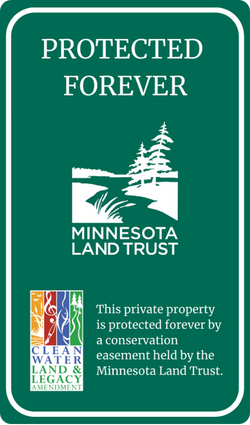
What are the easement terms?
Each conservation easement completed by the Minnesota Land Trust is individually crafted to reflect the special characteristics of the land and its uses. However, certain restrictions are required to protect the natural habitat and associated species, including:
- Feedlots are not allowed.
- Buffers of 150 feet must be established along all wetlands, intermittent and perennial streams, rivers and lakes prior to closing of the easement.
Conservation easement value & compensation
The Land Trust uses certified appraisers to ascertain the value of your land without the easement, and then the value of your land with the easement in place. The difference between the two is the easement value. The easement value results from the property rights that have been restricted and the appraised value of those rights.
Upon finalizing a conservation easement with the Land Trust, landowners will receive a one-time payment for the amount indicated in their application, up to 100% of the appraised easement value.
The Minnesota Land Trust is a nonprofit organization and the donation of all or a part of a conservation easement may allow the landowner to claim a tax deduction. Please consult your attorney.
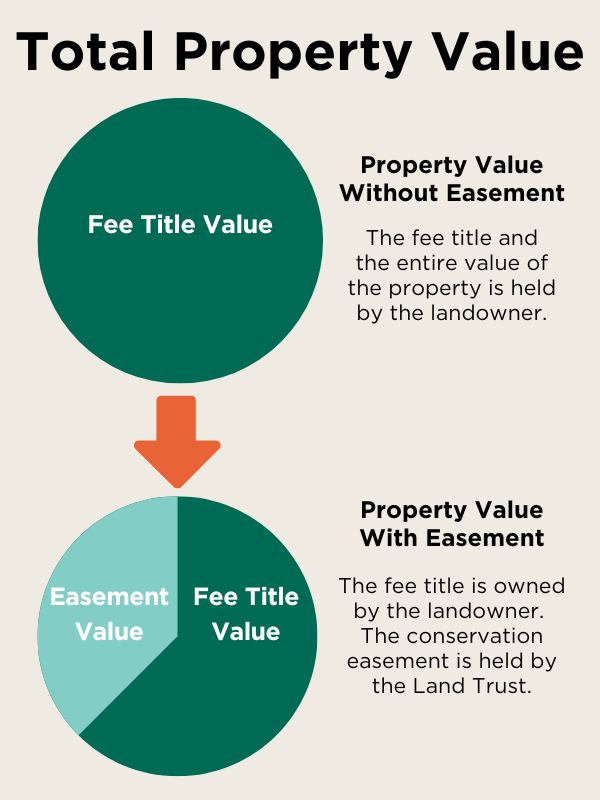
The Program Application Selection Process
Applications will be reviewed, ranked, and prioritized as they are received.
Projects that are the best fit for the Wetland Habitat Protection Program will be larger in size and will have high quality natural lands with little development. Landowners must indicate their desired compensation—payment per acre—for the easement on their application. Please note that the Land Trust cannot pay more than the full appraised value of the easement.
The Land Trust is able to conserve more land and may prioritize your property if you opt to donate some or all of the value of the conservation easement.
Prioritization & Selection
Easements will be funded in order of assigned priority. The Land Trust will prioritize potential parcels using two sets of criteria:
- Ecological value, including both habitat quality and quantity and context relative to other natural and protected lands such as parks, wildlife refuges, etc.
- Payment per acre: Landowner’s desired compensation on a per acre basis and willingness to donate some or all of the value of the easement.
Are You Ready to Permanently Protect Your Land?
Act now to protect water, wildlife, and a way of life for future generations.
Have questions or want a paper copy of the application and landowner questionnaire? Please contact Conservation Program Manager Chad Kingstrom at ckingstrom@mnland.org or 651-240-7890.
Completed Protection & Restoration Projects in Your Area
- Restoring a Landscape from the Past & Preserving it for the Future
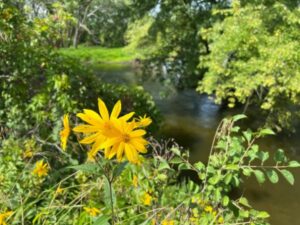 The Heurungs have protected over 70 acres of their property in Stearns County, mostly composed of forest and woodland, grassland, and wetlands, and 2,829 feet of shoreline that includes a portion of the Sauk River and a restored pond. Active stewards of their land since they acquired it in 2017, the family partnered with Stearns… Read more: Restoring a Landscape from the Past & Preserving it for the Future
The Heurungs have protected over 70 acres of their property in Stearns County, mostly composed of forest and woodland, grassland, and wetlands, and 2,829 feet of shoreline that includes a portion of the Sauk River and a restored pond. Active stewards of their land since they acquired it in 2017, the family partnered with Stearns… Read more: Restoring a Landscape from the Past & Preserving it for the Future - Protecting 79-acres of Critical Waterfowl Habitat in North America’s Duck Factory
 Landowners Dave and Stephanie Sanderson have enjoyed their beautiful Otter Tail County property for many years, engaging in a variety of recreation activities including hunting, hiking, bird watching, and photography. In partnership with the Minnesota Land Trust, the Sandersons have generously donated a 79-acre easement, protecting the habitat, wildlife, and opportunity to recreate in perpetuity.… Read more: Protecting 79-acres of Critical Waterfowl Habitat in North America’s Duck Factory
Landowners Dave and Stephanie Sanderson have enjoyed their beautiful Otter Tail County property for many years, engaging in a variety of recreation activities including hunting, hiking, bird watching, and photography. In partnership with the Minnesota Land Trust, the Sandersons have generously donated a 79-acre easement, protecting the habitat, wildlife, and opportunity to recreate in perpetuity.… Read more: Protecting 79-acres of Critical Waterfowl Habitat in North America’s Duck Factory - A Ducky Partnership
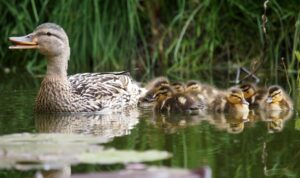 Minnesota is renowned for its ecosystem diversity; countless wildlife, plants and insects call it home. So, it may not be surprising to learn that Minnesota is also home to America’s “Duck Factory”, one of the most productive nesting areas for waterfowl in North America. The prairie pothole region, found in western Minnesota, is a landscape… Read more: A Ducky Partnership
Minnesota is renowned for its ecosystem diversity; countless wildlife, plants and insects call it home. So, it may not be surprising to learn that Minnesota is also home to America’s “Duck Factory”, one of the most productive nesting areas for waterfowl in North America. The prairie pothole region, found in western Minnesota, is a landscape… Read more: A Ducky Partnership
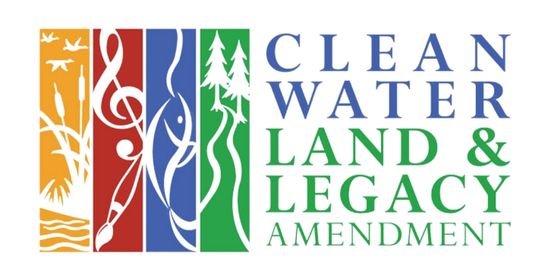
Funding for this program is provided by the Outdoor Heritage Fund as recommended by the Lessard-Sams Outdoor Heritage Council.
